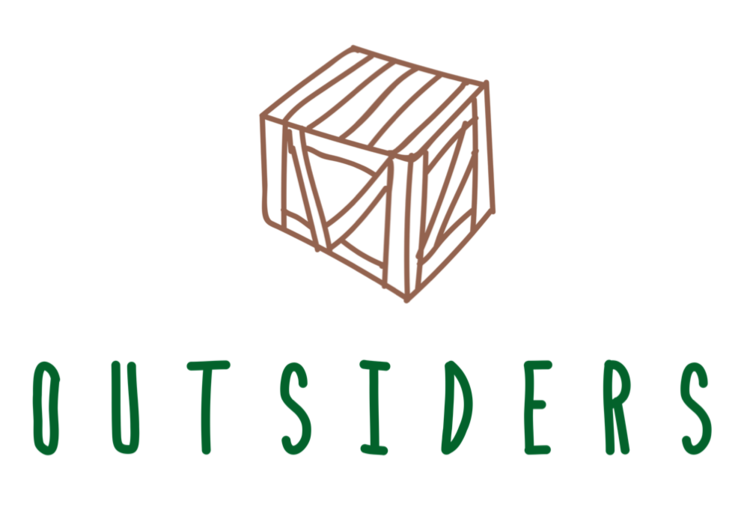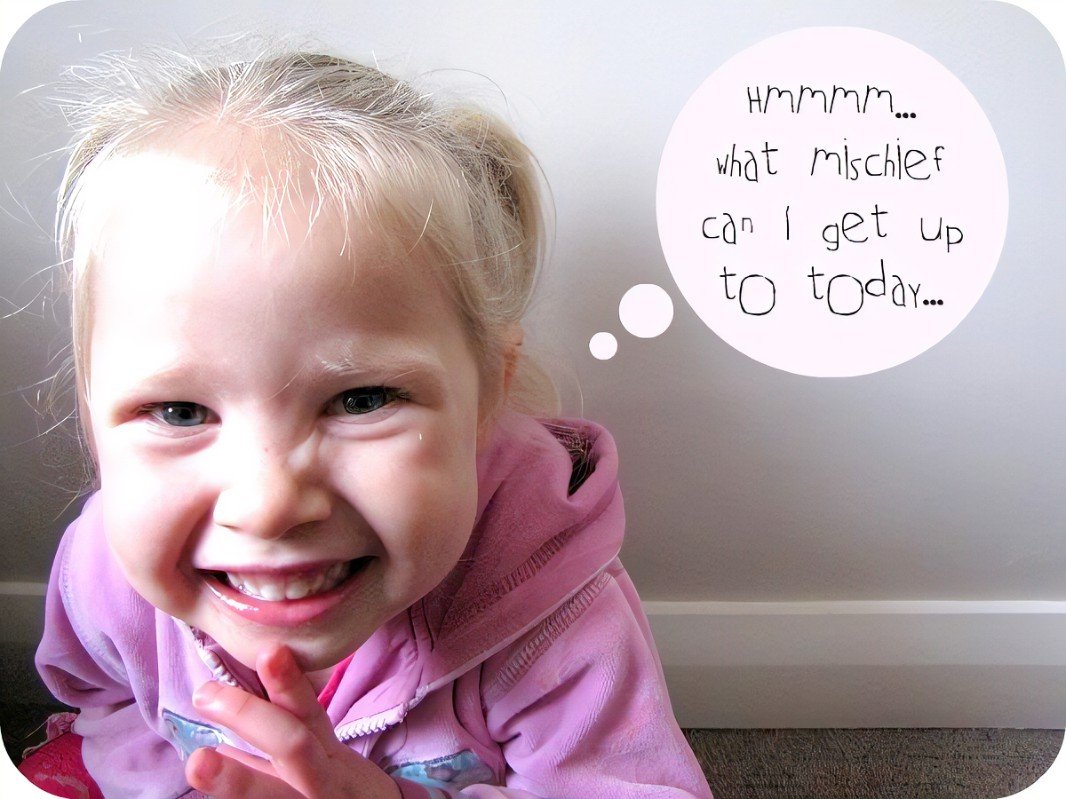Dedicated to Bob Hughes…
One of the main takeaways from listening to the late and great Bob Hughes talk about the 16 Play Types was his lack of total rigidness in their existence. What do I mean by this? Without being able to recall the wording verbatim, Bob articulated well that there could be 12, there could be 20, the point was not the exact number of play types, but rather the capacity to see play through a broader lens. A line I like to use in PD and discussion is play does not always look like two children, holding hands, skipping and smiling. This may “be play”, but it does not encapsulate “all play”. This is important as it allows deeper reflection on much of what children do and frame it as play. It may not be play we subjectively like, but it still may be play. From this logic we can (and I am sure Bob would) also make an evolutionary case for the play types that each serves a function and thus, love them or not, the function may service an important developmental purpose.
Now this is easy for most practitioners when superficially looking at play types like Dramatic Play, Social Play, Fantasy Play and so forth. However, many practitioners I have worked with get quite uncomfortable when they come up against some of the other, less “fluffy”, play types… For example:
• ROUGH AND TUMBLE PLAY: Close encounter play which is less to do with fighting and more to do with gauging relative strength. Discovering physical flexibility and the exhilaration of display. This type of play can burn up a lot of energy.
• DEEP PLAY: Play which allows the child to encounter risky experiences and conquer fears, like heights, snakes, and creepy crawlies and face potentially life-threatening situations. Some find strength they never knew they had to climb obstacles, lift large objects, etc.
And if they get down to the bones of what it is all about…
• RECAPITULATIVE PLAY: Play that allows the child to explore ancestry, history, rituals, stories, rhymes, fire and darkness. Recapitulative play follows our own evolutionary journey. The theory relates the evolutionary stages to the contemporary context as follows:
Animal: children interacting with the elements, digging, picking, water etc.
Savage - cruel interaction with other species (actual & imagined)
Nomad - ranging for mental mapping, roaming, wandering
Pastoral - mastery play e.g. gardening, houses, shops, farms
Tribal - membership of gangs and clubs, villages, trading
A paradox here is that while the above-mentioned play types can cause more head aches for practitioners, it often the power struggle, narrative or dispute buried in the fluffy play types that can lead to more supervisor woes. One thing that a deeper understanding of the play types has always done for me is to at least paint a clear statement that when discussing and reflecting on play we should not get caught up on the black and white notion “good play” and “bad play” as “play” is about in every possible manifestation about as grey as it gets.
So enter the idea of proposing a play type… Now this is somewhat of an amusing story for me as its inception was back in 2012 when the play types, as a theory, as a piece of literature were first introduced to me. I enjoyed them immensely, the scope, the variance, the putting into words what seemed innate and correct about the play I was witnessing of a regular basis in a well populated playground. However somehow, I glitched. Somehow, while reading and digesting the 16, I fabricated one in my head, one that stuck, one I used in conversation and reflection for over a year before searching for it and finding it was completely absent from Hugh’s taxonomy. The play type I had fabricated (I had a literal memory of it being there but oh well) was “Clandestine Play”.
Clandestine Play was defined in my mind as that sort of sneaky, subversive, nefarious play that children engage in, sometimes directed at each other, but often directed towards the obvious authority in a play space… The adults. Within Clandestine Play were all the tenants of a play type that would make educators uncomfortable as it not only suggested a lack of control by the adult, but potentially a direct challenge to it. However, ironically for my personal practice I found great solace and calm knowing that this play type existed (even though it didn’t from a theoretical stand point). For me, like rough and tumble play or deep play, understanding that this sort of behaviour by children might be innate, normal and possibly even serve a function makes it something to ponder and understand rather than be intimidated by it.
Caption: Consider entire toy lines exist to cater for sneaky, cheeky and otherwise nefarious play…
Now by knowing this play type may exist, by no means am I implying the adults in a space, playworkers or not, throw caution to the wind and let children carry out and get away with bloody murder. On the exact contrary, if the play itself is predicated in pushing up against boundaries, does it not make sense then for a playworker, whose very roll is to support the play process, to establish these very barriers? There is some interesting work by Arthur Battram in the area of The Edge of Recalcitrance that may support this notion. So, what’s the point? Are we just back to having rules or barriers? The point is that as a playworker we can appreciate that the barriers will be pushed, and that’s OK, even normal, and not take huge adult ego inflated offense to these occurrences. This frames how we approach ongoing dealings with these children and how we frame them, and the intent of their play in our mind.
Battram, A. (2008). The Edge of Recalcitrance: Playwork in the zone of complexity. In F. Brown, & C. Taylor, Foundations of Playwork (pp. 88-94). Maidenhead: Open University Press.
Hughes, B. (2002). A Playworker's Taxonomy of Play Types (2nd ed.). London: Playlink.
Hughes, B. (2006). Play Types: Speculations and Possibitilities . London: The London Centre for Playwork Education and Training.
Hughes, B. (2012). Evolutionary Playwork and Reflective analytic practice (2nd ed.). London: Routledge.
Reaney, M. J. (1916). The Psychology of the Organised Game. Cambridge: Cambridge University Press.



